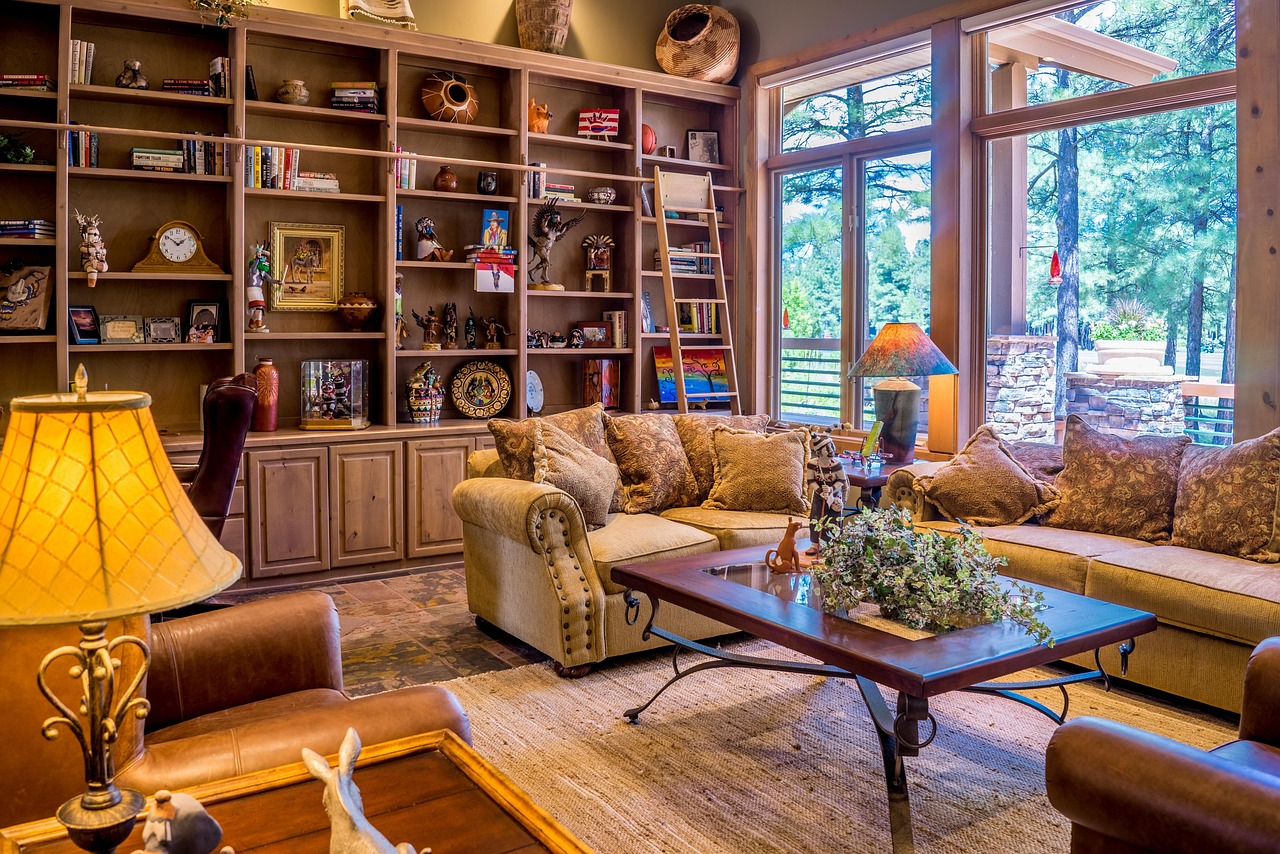Instant Drama with Unexpected Color Choices
Picture this: a battered chest of drawers, once lost in the shadows, now turning heads in a luminous sapphire blue. Designers swear by the power of paint, but not just any shade. Deep jewel tones, warm taupes, or even moody greens pull a piece straight into the present. According to recent Houzz surveys, painted vintage furniture outperforms plain wood in online resale value by up to 35%. Color does more than cover up scratches — it triggers emotional responses, making us feel energized, calm, or even glamorous. Paint is an affordable luxury, a way to say, “This isn’t your grandma’s dresser anymore.” A fearless color update can transform a thrift store reject into a living room’s crown jewel.
Refined Hardware for Modern Edge
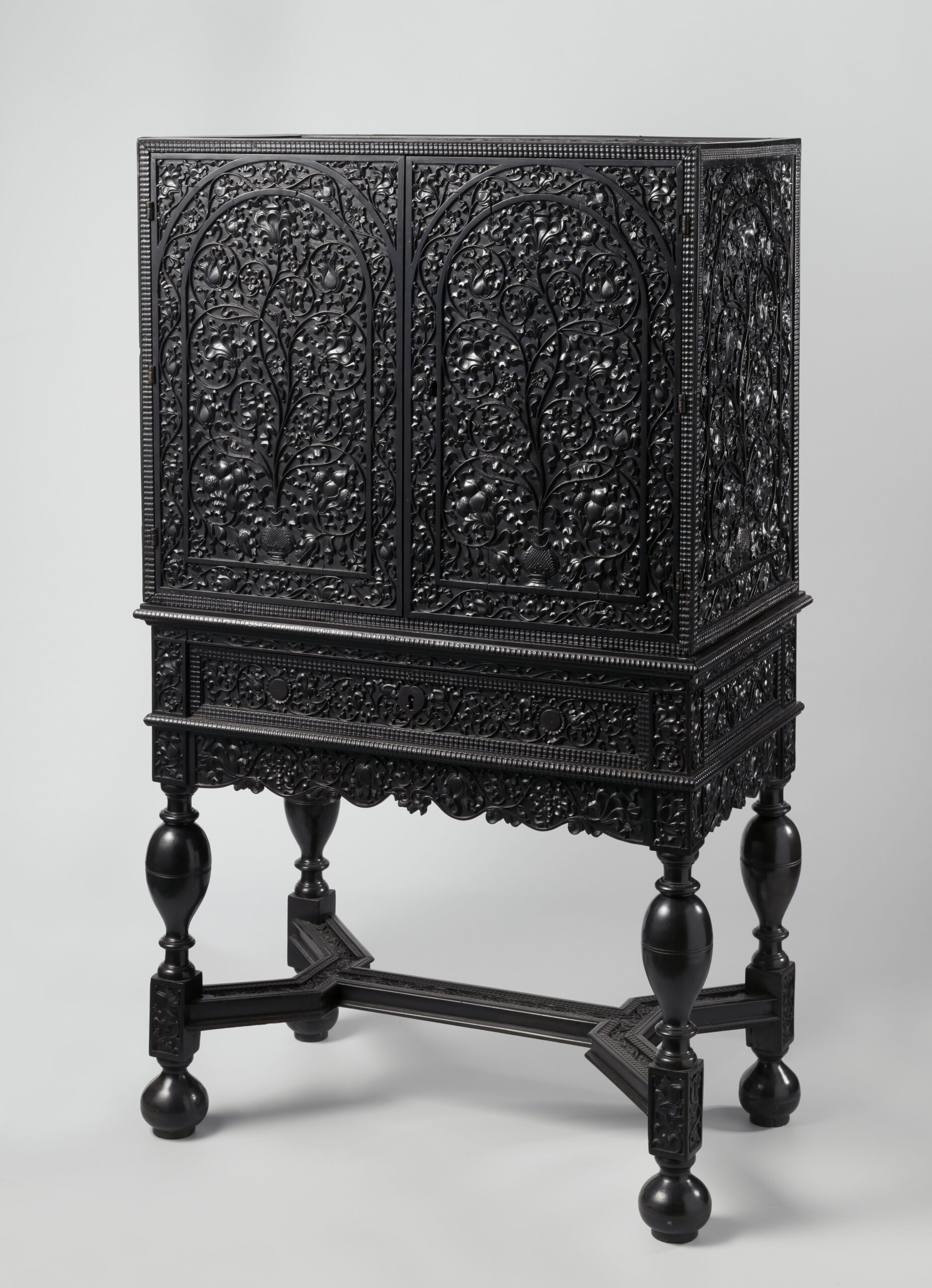
Swap out those clunky, faded handles and something magical happens. Designers use hardware as jewelry for furniture — it’s the easiest facelift with the highest impact. Think polished brass pulls, matte black knobs, or sleek acrylic bars. These tiny details catch the light and draw the eye, signaling “expensive” even if the piece cost less than a dinner out. Zillow’s 2024 interior trends report found that buyers associate metallic accents with quality and care. It’s a visual cue: this piece is worth noticing. A $20 hardware swap can trick the eye — and boost your home’s perceived value.
Luxurious Fabrics for Instant Sophistication
Nothing says “luxe” like the feel of velvet under your fingertips or the look of crisp linen. Reupholstering a tired chair in sumptuous fabric is a classic designer move. Experts recommend rich textures — think bouclé, chenille, or even faux leather. A mid-century frame with emerald velvet upholstery becomes a statement, not a relic. It’s not just a visual upgrade, but a tactile one, inviting you to linger. According to design psychologist Dr. Sally Augustin, touchable textures create a sense of comfort and abundance. That’s true luxury — furniture you want to use, not just admire.
Smart Layouts for Maximum Impact
A single inch can make or break the feeling of space. Place a vintage console 2 inches off-center, and suddenly the whole room feels off. Designers obsess over layout because placement changes perception. Stagers, like those featured on HGTV’s “Unsellable Houses,” often float an updated antique at a slight angle or pair it with a modern lamp to create a visual dialogue. This trick makes old furniture feel intentional, not accidental. It’s about spotlighting, not hiding, your history. The right placement can turn an awkward hand-me-down into the star of the show.
Mixing Old and New for Visual Tension
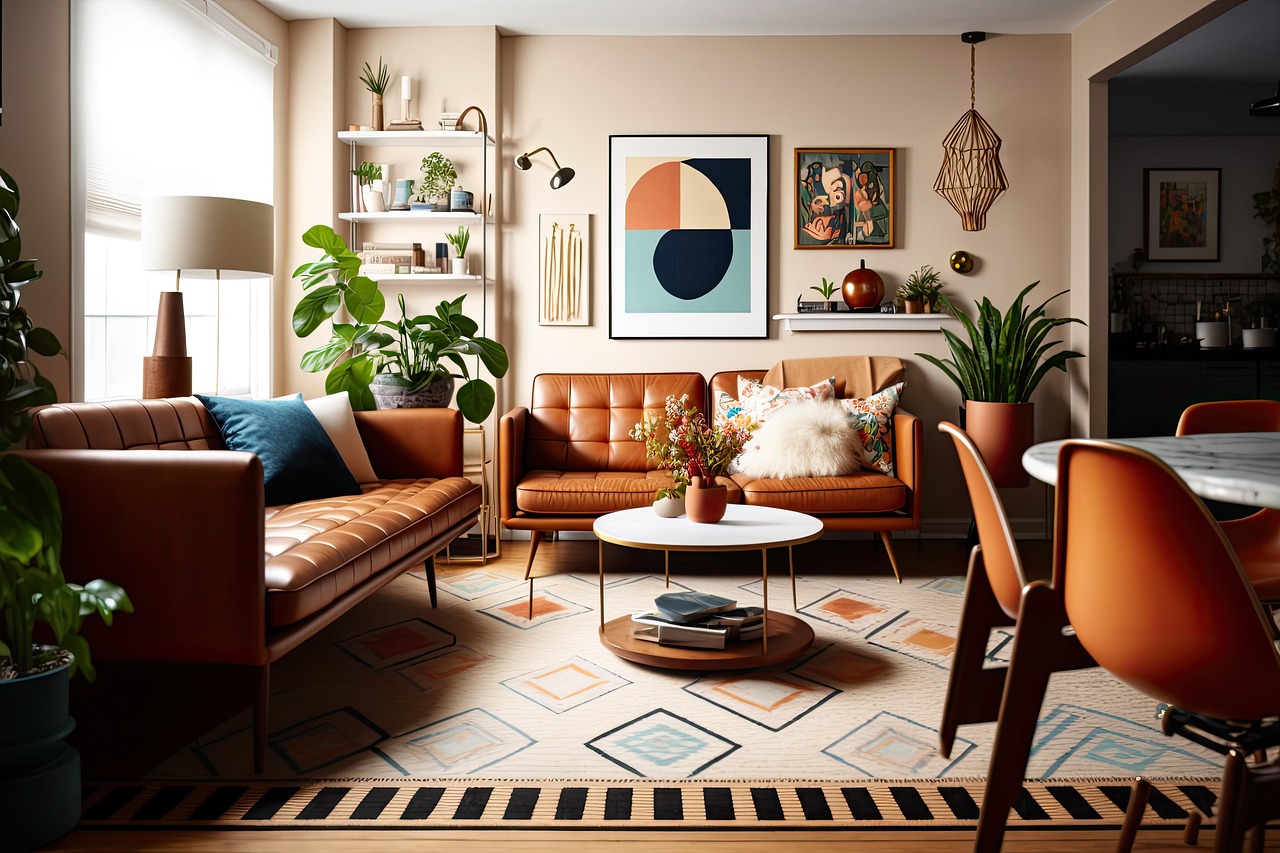
A secret of the pros: contrast equals luxury. Pair a mid-century credenza with sculptural contemporary art. Drop a gilded mirror above a matte-black sideboard. This push and pull makes a room feel collected and layered, not like a page from a catalog. According to designer Bobby Berk, “Mixing eras creates a sense of evolution — it tells a story.” When old furniture is surrounded by modern lines or unexpected materials, the result feels curated, not cluttered.
Lighting That Flatters Every Curve
Harsh overhead lights can make even the prettiest piece look drab. Designers use strategic lighting to coax out the best in old furniture. Accent lamps, picture lights, or even a well-placed sconce can highlight texture, color, and craftsmanship. Warm bulbs and layered lighting (think table lamps plus wall sconces) create cozy pools of light, making furniture feel more expensive and inviting. A recent study from the National Association of Realtors found that homes with thoughtful lighting design sell faster and for more money. The right glow can turn “old” into “heirloom.”
Restoring Details for a Sense of History
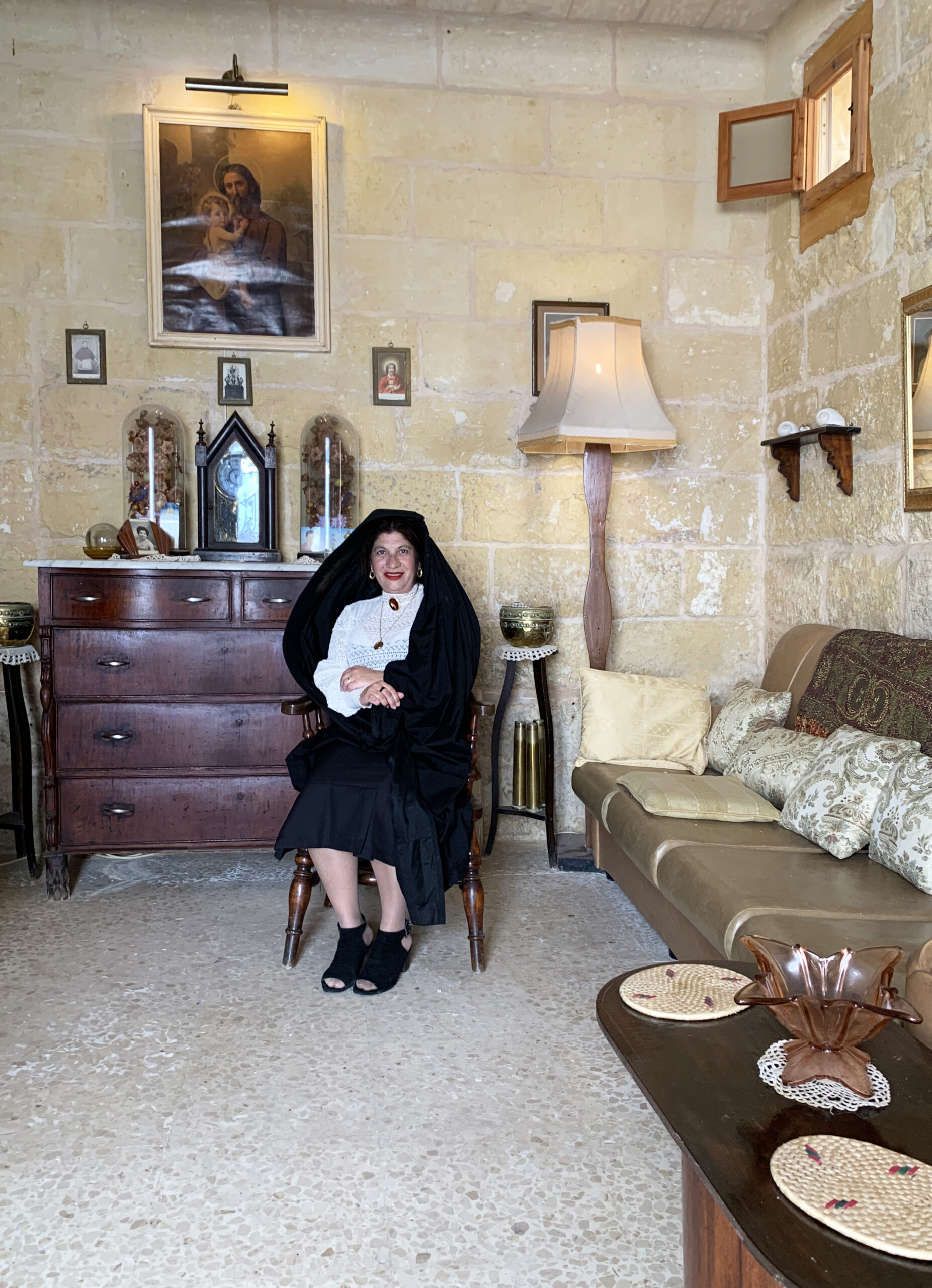
Sometimes, designers lean in, not away, from a piece’s age. They’ll polish original wood trim, re-glue loose joints, or bring out hidden inlays with a careful hand. This respect for craftsmanship tells a story of time and care. As interior designer Justina Blakeney says, “Patina is proof of a life well lived.” Subtle restoration — not over-sanding or stripping — honors what’s unique. These authentic details can’t be faked, and buyers notice. It’s the difference between “used” and “vintage luxe.”
Layering Rugs and Throws for Depth
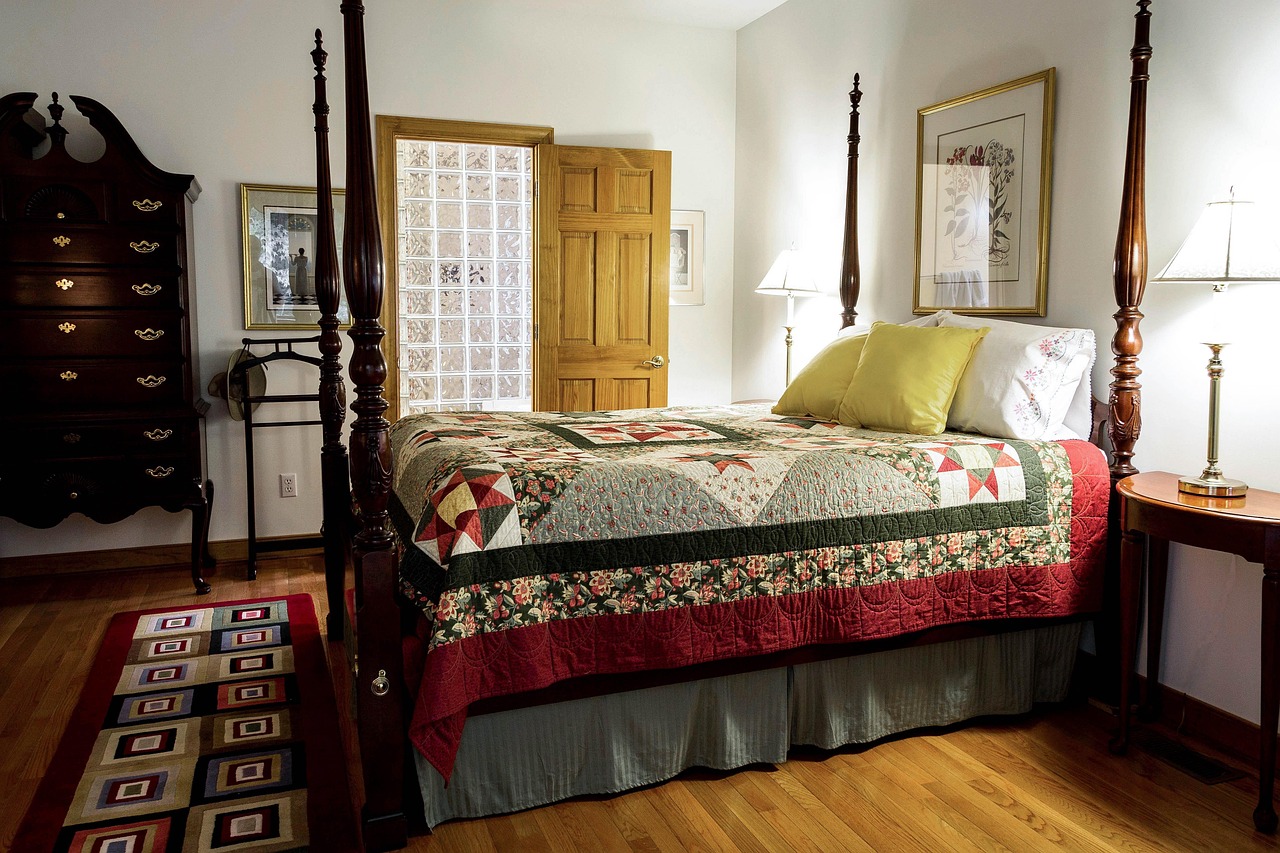
A lonely chair in the corner becomes a luxe retreat with a patterned rug and a chunky knit throw. Designers layer textiles to soften the look and add depth. Multiple textures — a silk pillow, a jute rug — make a space feel thoughtfully designed. According to the American Society of Interior Designers, homes with layered textiles are rated as more “welcoming” and “expensive” by potential buyers. These quick additions create instant coziness and visual richness, making any old furniture piece feel at home.
Decluttering to Spotlight Statement Pieces

Too much stuff kills the luxe vibe instantly. Stagers and designers ruthlessly edit, clearing surfaces and letting a few special items shine. A minimalist approach makes every detail count — a single, beautifully restored cabinet draws the eye, instead of being lost in a sea of knick-knacks. This breathing room elevates the perceived value of your furniture and your home. As Marie Kondo reminds us, “When we cherish our belongings, we display them with pride.” Less truly is more.
Personal Touches for Emotional Connection

Finally, designers know that the most luxurious homes feel personal. They’ll style an old table with a stack of favorite books or a quirky ceramic vase. Maybe there’s a family photo in a chic frame or a handmade bowl from a vacation abroad. These details tell your story, transforming furniture from functional to unforgettable. According to a 2025 Houzz survey, buyers are drawn to homes that “feel lived in, but in a beautiful way.” Luxe isn’t just about money — it’s about meaning.

A visionary in modern design, Nate Berkman is known for his ability to blend timeless elegance with personal storytelling. With years of experience in high-end interiors, his book Living with Style explores how to create meaningful spaces that reflect individuality.

